Traveling with an e-bike presents unique challenges, especially when it comes to air travel. Many cyclists often ask, "Can I take my e-bike on a plane?" Understanding airline regulations and preparation steps is essential for a smooth journey. This guide will explore the rules for transporting e-bikes on planes, provide detailed instructions on how to prepare your e-bike for air travel, and discuss alternatives for handling your e-bike battery safely. Our goal is to ensure your travel is as smooth and hassle-free as possible, while keeping your valuable equipment safe and secure. Continue reading to ensure your travel plans are on the right track.

What Are the Rules for Taking E-bikes on Planes?
When planning to take e-bike on plane, it's important to understand the specific airline regulations concerning battery-powered bicycles. Some airlines might allow the e-bike as checked luggage with the battery removed, while others may prohibit them entirely, the rules can vary significantly between airlines and countries, but here are some general guidelines that are commonly followed:
The most critical aspect of flying with an e-bike is managing the lithium battery. Due to fire risk, aviation authorities such as the Federal Aviation Administration (FAA) in the United States strictly regulate the transport of lithium batteries:
- Battery Capacity Limits: Typically, batteries with a capacity of up to 100 watt-hours (Wh) are permissible aboard without special permission, while those between 100 Wh and 160 Wh may require airline approval. Batteries exceeding 160 Wh are generally not allowed on passenger aircraft.
- Removal and Packing: Always remove the battery from the e-bike when checking it in. The battery should be carried in your carry-on luggage to ensure it remains under constant supervision and in a pressure-regulated environment.
- Protection: To prevent short circuits, the battery terminals should be taped or covered, and the battery itself should be placed in a protective case or original packaging.
Once the battery is safely packed, focus on preparing the e-bike frame for transport:
- Disassembly: Reduce the size of your e-bike by removing parts like pedals, handlebars, and wheels. This not only makes it easier to pack but also minimizes the risk of damage.
- Packing Materials: Use a sturdy bike box or a special e-bike travel case, padding it with foam or bubble wrap to protect the frame and components from impacts during handling.
Arrive at the airport earlier than usual to allow extra time for the check-in process. Be prepared to answer questions about your e-bike and battery, and have all relevant documentation handy, such as manuals or battery certifications, to show that your equipment complies with airline regulations.
By understanding and adhering to these guidelines, you can ensure a smooth experience when flying with your e-bike. To maintain this smoothness, make it a routine to contact your airline in advance every time you book a flight and before departure to confirm their specific policies regarding e-bikes. This proactive approach will help you avoid any last-minute surprises and prepare adequately, ensuring that both your e-bike and its components comply with the latest airline regulations and safety standards.
How to Prepare Your E-bike for Air Travel?
Now that you know the rules for taking e-bikes on planes, let's focus on how to prepare your e-bike for a smooth journey.
Prepare the tools needed for disassembly such as Allen wrenches, a pedal wrench, and screwdrivers. Additionally, consider acquiring a protective case for the battery, bike travel case, bubble wrap, and zip ties for secure packing.
Begin by removing the battery, the essential powerhouse of your e-bike. This step is crucial due to lithium-ion battery regulations enforced by airlines. Safely detach the battery and store it in a protective case to prevent any inadvertent damage during transit. Be sure to review the specific regulations of your chosen airline regarding battery transportation, as some may necessitate carrying it with you in the cabin.
To mitigate potential damage from air pressure fluctuations during flight, deflate the tires slightly before packing your e-bike. Don't forget to bring a portable pump so you can reinflate them upon arrival, ensuring your tires maintain their integrity and provide a smooth ride at your destination.
Streamline your e-bike's dimensions by disassembling the handlebars and pedals. Loosen the clamps securing the handlebars and carefully slide them out, wrapping them in protective padding to prevent scratches or dings. Utilize a pedal wrench to remove the pedals, and individually bag each one for added protection. This strategic disassembly not only reduces the overall size of your e-bike but also shields delicate components from potential damage.
Pay special attention to fragile parts such as gears, brakes, and cables. Wrap these components in layers of bubble wrap to create a resilient barrier against impact and vibration, ensuring they remain intact and functional throughout the journey.
Clearly label the packaging with your name, contact information, and any pertinent instructions for the airline handlers. Bright "fragile" stickers serve as visual reminders to exercise caution when handling your e-bike, enhancing the likelihood of a safe arrival at its destination.
Invest in dedicated packaging designed explicitly for e-bike transportation, such as a bike bag or box. These containers feature reinforced padding, sturdy walls, and secure straps, providing unparalleled protection against external forces. Opting for specialized packaging minimizes the risk of damage and provides peace of mind throughout your journey.
Secure all components firmly with zip ties to prevent shifting during transit. Anchor the handlebars, pedals, wheels, and any loose parts to the frame, ensuring minimal movement with a gentle shake.
Prepare all necessary documentation in advance to streamline airport procedures. Verify your travel insurance coverage, organize essential travel documents, and obtain any required certifications, such as an airline-approved battery certificate, to comply with regulatory requirements.
- Final Tips:
Before you travel, double-check with your airline for any specific guidance or updates on transporting ebikes, as policies can vary. Upon arrival, inspect your e-bike for any possible damage or issues, and be prepared with a list of local bike repair shops at your destination.
Alternatives to Flying with Your E-bike Battery
Flying with an e-bike battery can be complex due to strict airline regulations regarding lithium batteries. If you're facing challenges in meeting these regulations or prefer not to deal with the hassle, consider these alternatives:
- Rent a Battery at Your Destination: One practical alternative is to rent an e-bike battery upon arrival. Many bike rental shops offer batteries compatible with various e-bike models, allowing you to use your bike with a locally sourced battery.

- Use a Shipping Service: Another option is to ship your battery ahead to your destination using a courier service that specializes in hazardous materials. This allows you to travel without worrying about carrying the battery on the plane, ensuring it awaits you upon arrival.
Conclusion
In conclusion, traveling with your e-bike by air requires careful preparation and adherence to airline regulations. Familiarize yourself with the specific rules for transporting e-bikes on planes to ensure a smooth journey. Remember to properly prepare your e-bike for air travel by disassembling and securely packing it, and consider alternatives for transporting your battery if flying with it is not feasible. By following these guidelines, you can confidently answer the question, "Can I take my e-bike on a plane?" and enjoy your travels with peace of mind. Safe travels and happy riding!
FAQ
Do I Need Special Packaging for My E-bike?
Yes, special packaging is necessary when flying with an e-bike. Airlines generally require e-bikes to be packed in a rigid bike box or a bike bag designed for air travel. You should disassemble parts like pedals and handlebars, and securely wrap them along with the frame using ample padding material to prevent any damage. Additionally, make sure the package is well-sealed and marked as fragile to alert handlers to take extra care.
What Are The Battery Size Limits for Air Travel?
For air travel, lithium-ion batteries in personal electronic devices are typically limited to a maximum of 100 watt-hours (Wh) per battery. You may carry up to two spare batteries with a rating between 100 Wh and 160 Wh, but approval from the airline is required. Batteries over 160 Wh are generally prohibited in carry-on and checked luggage.



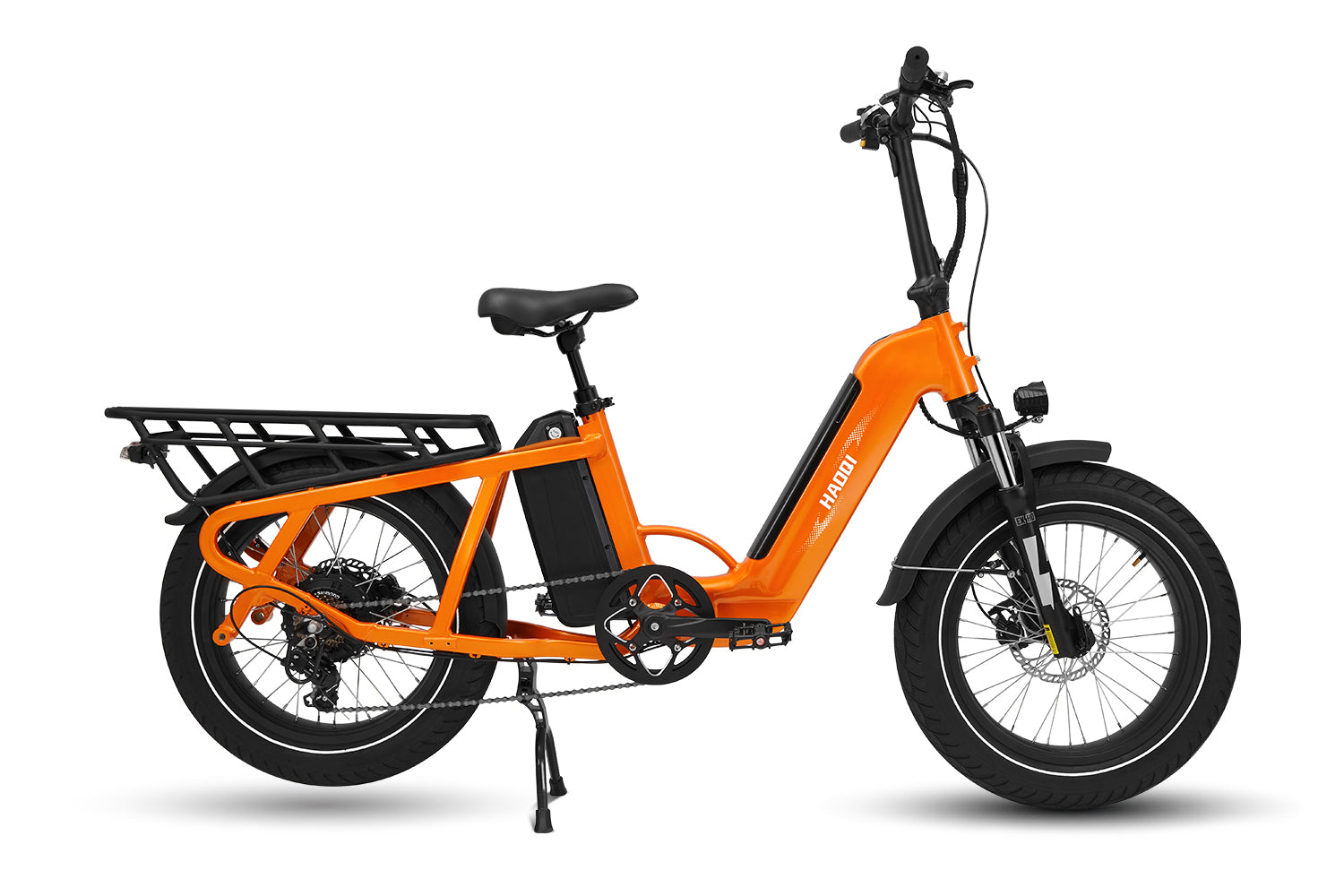

![HAOQI Antelope 500W Cargo Electric Bike (UL Certified) [electric bike] [HAOQI ebike]](http://haoqiebike.com/cdn/shop/products/haoqi-antelope-cargo-electric-bike-with-dual-battery-haoqiebike-com-1.jpg?v=1753954498&width=1500)
![HAOQI Squirrel Folding Electric Bike (UL Certified) [electric bike] [HAOQI ebike]](http://haoqiebike.com/cdn/shop/files/1_03c67b67-715e-4617-a648-51f108ceb425.jpg?v=1766473332&width=1500)
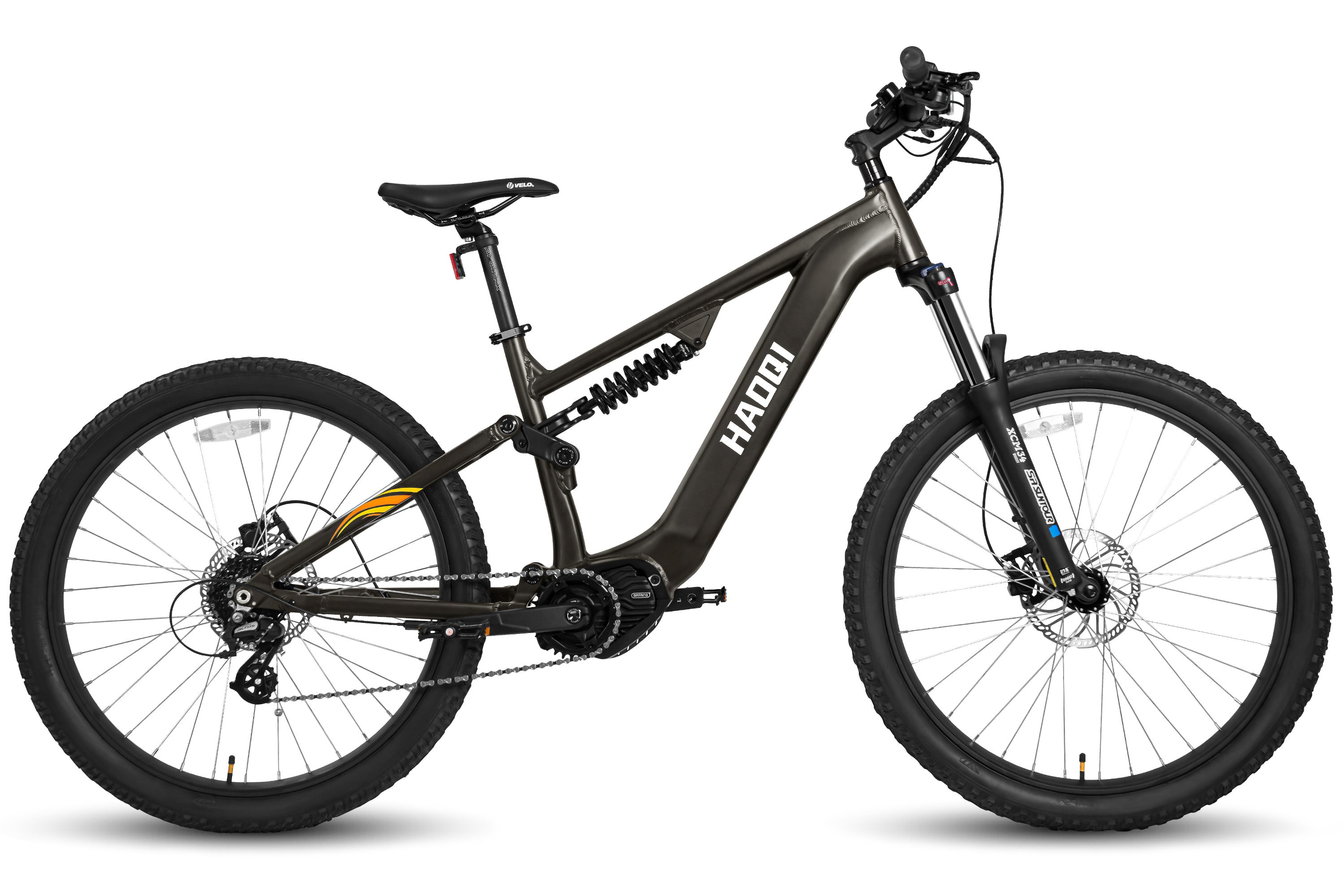
![HAOQI Eagle Long Range Electric Bicycle (UL Certified) [electric bike] [HAOQI ebike]](http://haoqiebike.com/cdn/shop/files/2_bf7ae46b-aad6-472a-9c14-d56ca3f0feb6.jpg?v=1755142722&width=1500)
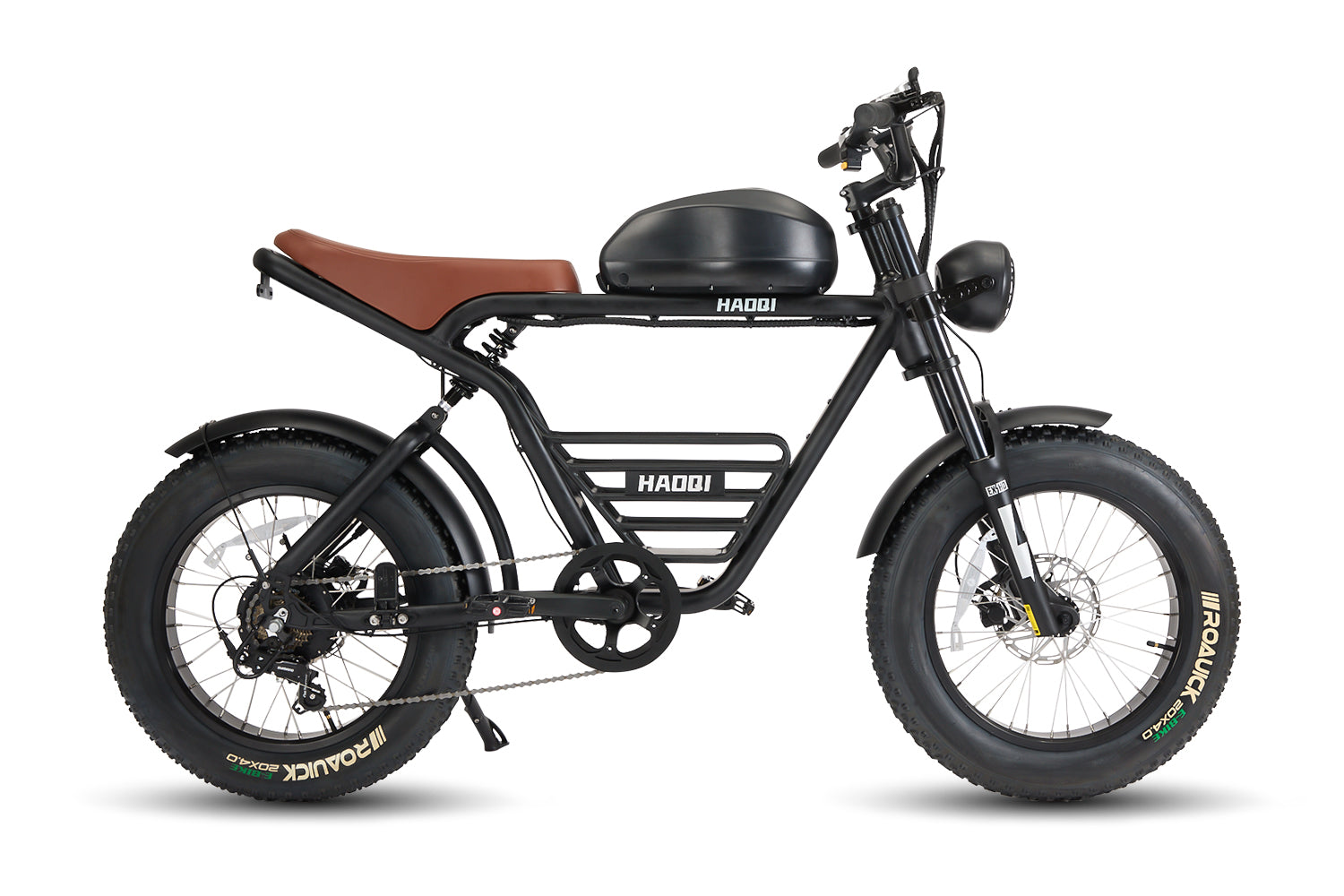
![HAOQI Antelope Pro 750W Cargo Electric Bike (UL Certified) [electric bike] [HAOQI ebike]](http://haoqiebike.com/cdn/shop/products/haoqi-antelope-pro-cargo-electric-bike-with-dual-battery-750w-haoqiebike-com-1.jpg?v=1768462381&width=1500)



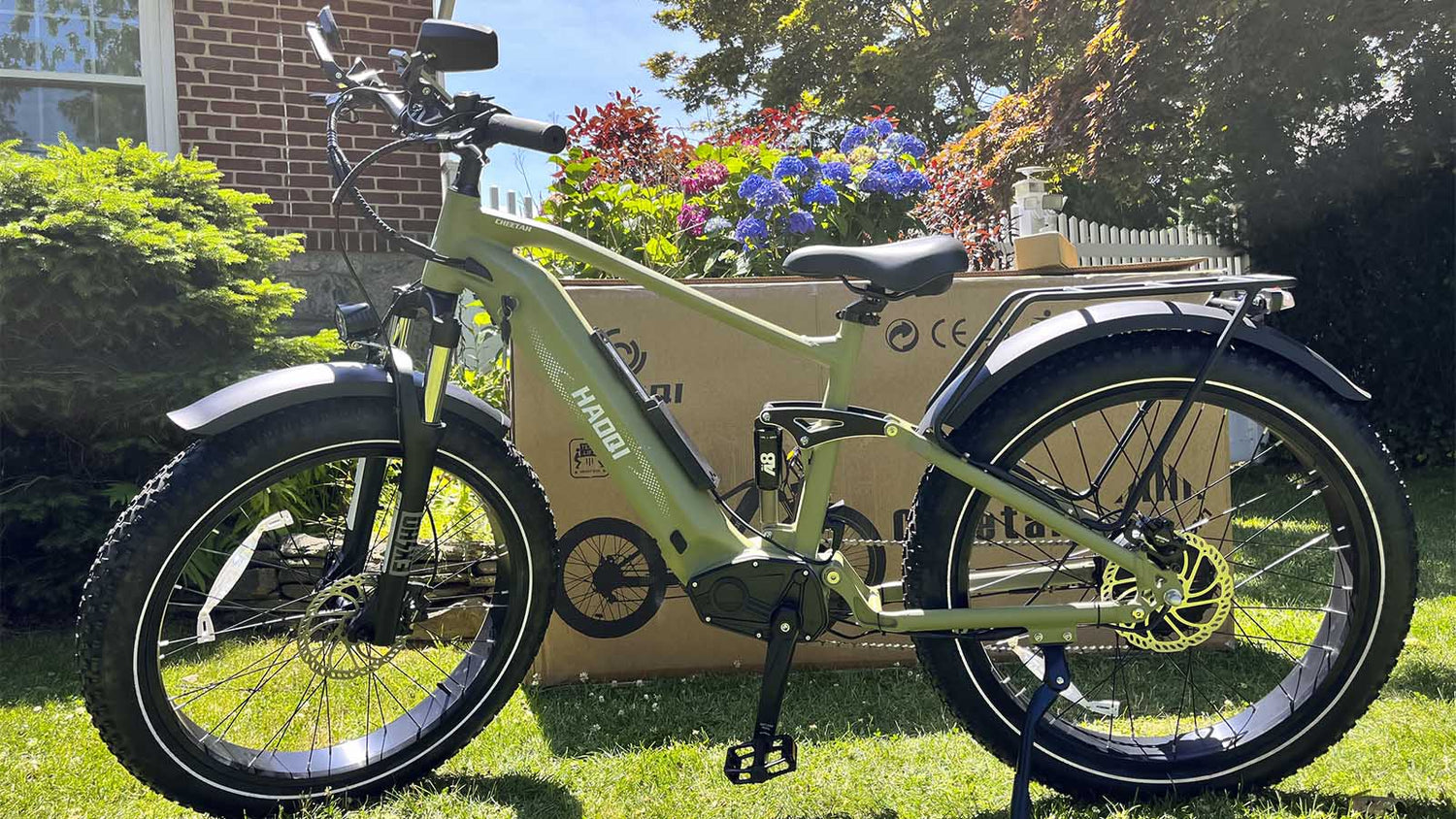
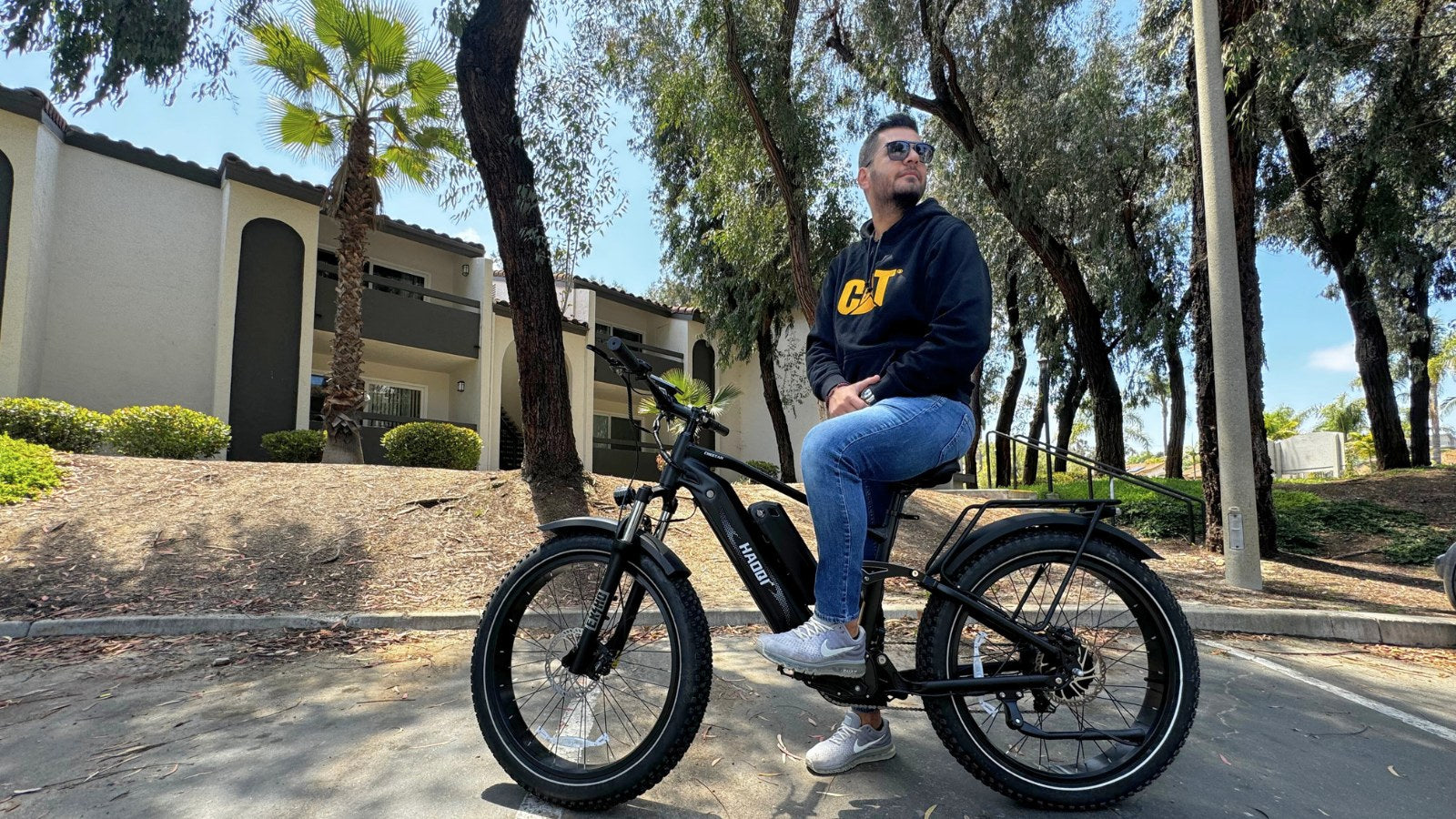
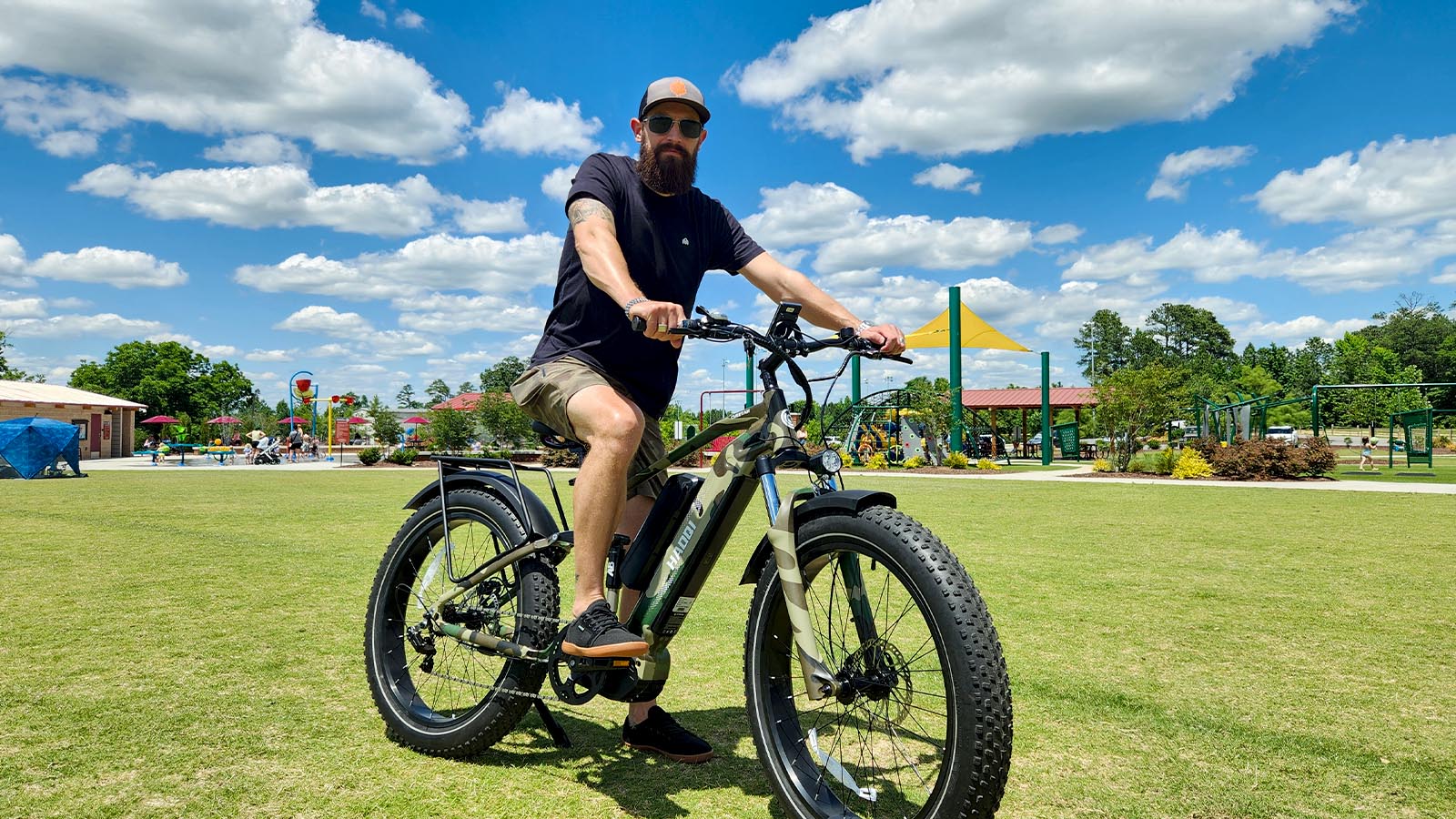




Leave a comment
All comments are moderated before being published.
This site is protected by hCaptcha and the hCaptcha Privacy Policy and Terms of Service apply.